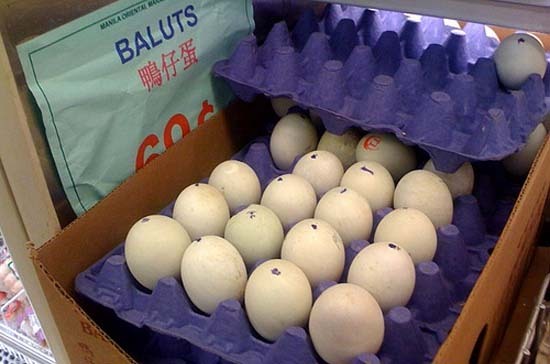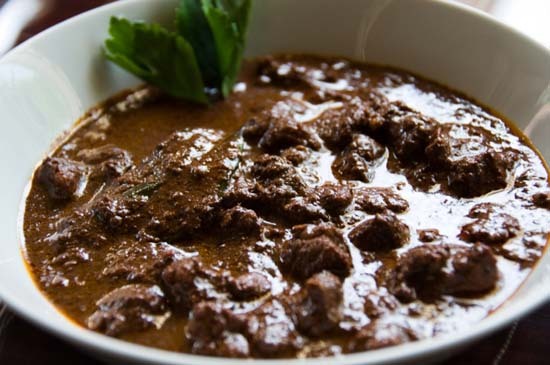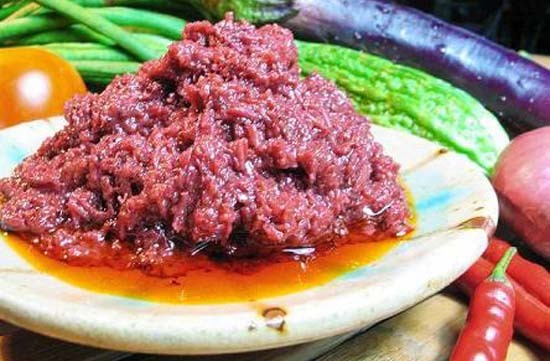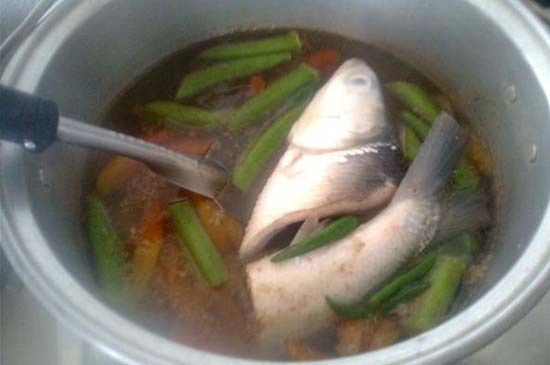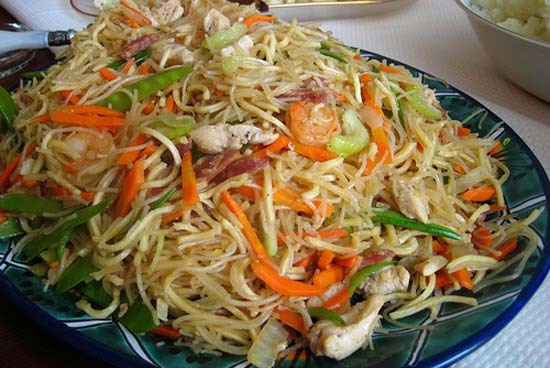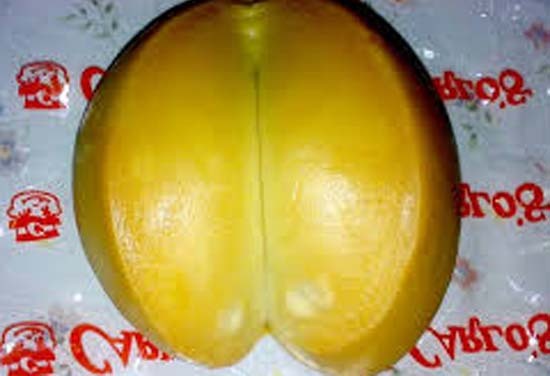For me, Balut is the deal breaker. Back in the day, people used to ask me how my name was pronounced, but now they ask me if I eat Balut. The answer appears on my face in the way my eyes, nose, and lips morph in disgust, mimicking the hapless duck embryo inside the warm egg, veins and all. But people ask with curiosity--and for that I'm grateful--because apparently, Filipino food is the next big thing, following the mainstreamed Chinese, Japanese, and Thai food, and finding its way to American mouths without the racial barf bags for strange and too-exotic tastes.
The next big thing was the prediction of the bizarre foodie Andrew Zimmern of the Travel Channel two years ago. He could be right because from Los Angeles to San Francisco to New York, streets are smelling of Pinoy cooking. My friends are now learning how to make Adobo, Lumpia, and Pansit before they could learn how to pronounce them correctly. White people are sitting in Filipino restaurants for Kamayan evenings, a special communal night of sharing an assortment of Filipino dishes lumped in the middle of banana-leaf-covered tables and then, um, eat with their hands. Yes, hands. Interestingly enough, I have never seen this communal practice in the Philippines. I'm sure there are Filipinos who eat with their hands, and let them be finger-happy. But let me also offer a bit of enlightenment--those giant wooden spoon and forks hanging on every Filipino dining room wall are there for a reason. We are a spoon-and-fork people. No Pinoy will argue against that.
Filipino Food, my lover, what are these Americans eating? And who are these "Americans"? Are they the same Americans for whom the Chinese in America invented Chop Suey? Are they the same Americans who love Chinese for their weekly consumption of Beef and Brocolli and General Tso Chicken from Mister Wok Fast Food? I fear. I dread. I fear for you, my beloved Filipino Food. What does the future hold for you in Walmart America? In what strange ways are they going to Chop Suey you?
What will happen to Dinuguan, the mysterious dinuguan, this life blood of Filipino dishes? It's a pot of darkness and chopped meats and hot peppers boiling together to co-exist and churn Filipino memory. What is Christmas without Dinuguan? What is Puto without Dinuguan? And what is in Dinuguan? Who knows? Who cares?
What will happen to Bagoong? Or its sister dish Pinakbet? Bagoong is what Filipinos make in open-windowed kitchens to announce to the world that a Filipino lives in the building. It is the smell Filipino revolutions are made of. It makes us warriors. It is how we mark our territory. Filipinos have no choice but to defend Bagoong once the odor escapes their kitchen. Besides, the peanut sauce dream dish Kare Kare will fall into a single word without Bagoong.
Will they change the fish in Sinigang na Bangus? Bangus, the boniest fish in the world, dancing head-proud in a bowl of tamarind soup. It floats in the company of tomatoes, string beans, eggplants, and yam leaves. Bangus is our every day Mr. Fish Versatility. It appears as Bangsilog for breakfast, Sinigang for dinner, and Relyenong Bangus for special events. Sinigang na Cod Fish? Sinigang na Hipster Tilapia? I don't think so.
How about the variety of good luck charmers and long life sisters in Pansit Bihon, Pansit Canton, Pansit Palabok, Pansit Molo, and Pansit Sotanghon? They are held sovereign in our lives, ever present in all Filipino celebrations. On New Year's Eve, exactly at the crack of midnight, while Filipinos jump in place to grow taller, we sit together and eat Pansit to live longer. Will the Pansit immigrant family make it in Spaghetti America? Will they deem Lo Mein and Chow Mein extinct?
How do you explain our Filipino Breads--Puto, Monay and Bicho-Bicho to Americans, especially to Spanish speakers who are taking over the country? How do you explain that Monay, short for Pan de Monja, is a cutesy nickname for vagina, and in fact resembles one? Puto, how do you say Puto without making anyone gulp? And Bicho-Bicho, that double trouble twisted brown phallic . . . donut. Yes, digest that. Thanks to Filipino breads, It's More Fun in The Philippines.
Adobo makes me yawn. Everybody is talking about Adobo. Anyone can pronounce Adobo. But it's the Ambien of Filipino dishes. Every single time non-Filipinos tell me they love Adobo Chicken, I fall asleep. Adobo will be devoured in the America of easy answers and familiar tastes. Balut, on the other hand, will probably stay in terrifying food lists where it had kept its top five reign for years. While I am not a fan of Balut, I am glad it terrifies people. It is a warning sign that says that Filipino food, the authentic one that is, takes many doors to open. Filipino food is as complex as the history of the people that savor it every day and as mysterious and surreal as the island myths that dot the archipelago on which they sing, love, and feast.
PFF (Pinoy Foodie Forever),
